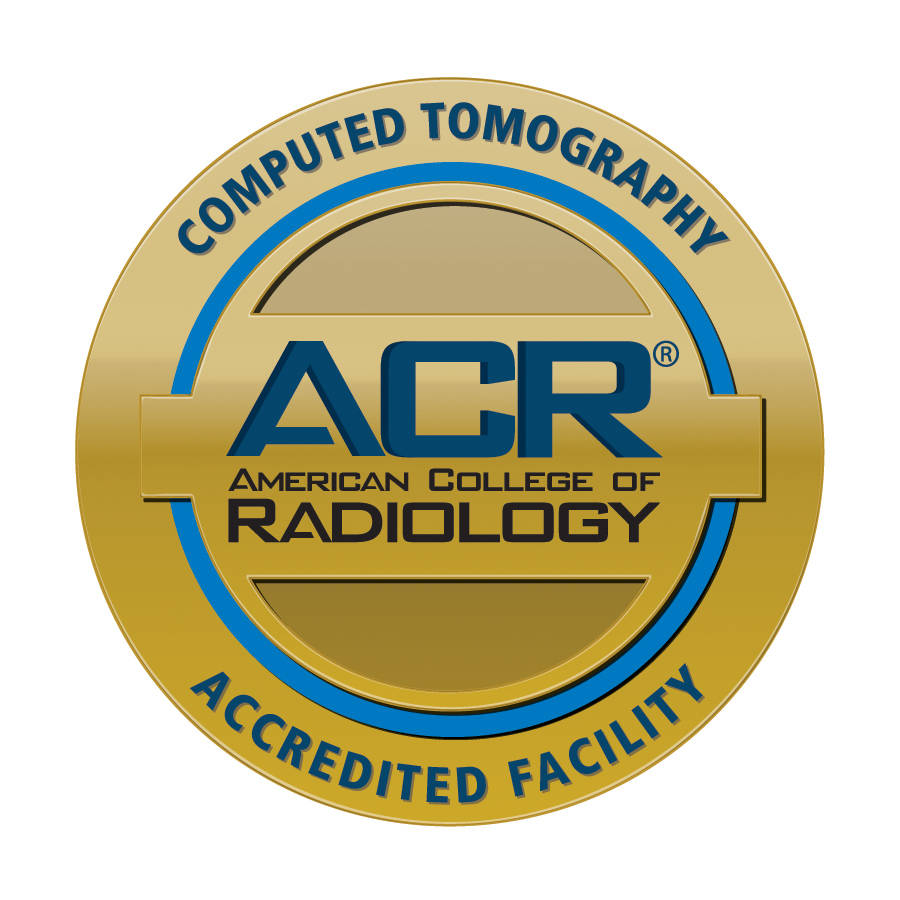The field of clinical imaging is continuously progressing, with logical ventures consistently being made in symptomatic imaging. The data they give lead to early conclusions. Assuming you're interested about what the eventual fate of analytic imaging resembles, here's a look into what's coming.
Three of the greatest patterns in clinical imaging are man-made brainpower (AI), blockchain innovation, and 3D Imaging.
Computer based intelligence has the greatest potential for future development, with the largest number of new businesses and the greatest speculation, with more than $500 million in financial backer exchanges. The AI clinical imaging market is anticipated to increment to $264.85 billion by 2026.
The driver of incredible premium from radiologists and interest in AI innovation is the longing for development in work proficiency. Man-made intelligence innovation can filter through a huge number of outputs and patient records, decipher them through calculations, and show up at possibly life-saving experiences that might be challenging to manage without cutting edge PC innovation, especially with CT sweeps and mammography. The whole interaction is done rapidly and data not noticeable to the natural eye can be introduced. With the utilization of AI innovation, there is ideally a decrease in exorbitant, superfluous imaging methods, and readmissions.
An improvement in the capacity and openness of patient data through cloud-based blockchain innovation is a way to democratize data and make them available to patients, medical care suppliers, and specialists. As patients request more noteworthy admittance to their clinical imaging results and records, this will be a solid and fast method for moving patient clinical records. It is a region worth watching since it works with an exchange between clinical establishments and patients in the most secure manner conceivable.
CT outputs and MRIs are exceptionally cutting-edge imaging techniques, yet the outcomes are in 2D, and that implies radiologists need to inspect different sweeps together to get a total image of the patient's inward organs. With 3D imaging, doctors can see MRI imaging results, take bits of them to make 3D pictures, and analyze them utilizing 3D glasses, headsets, or printers, giving new points, crisper and higher goal pictures, and more clear subtleties. Generally speaking, this might assist with getting exact conclusions speedier and make therapies more exact, for example, controlling radiation dosages, which limits different dangers to the patient. Besides, it additionally upgrades accuracy during medical procedure and works on careful results.
The board-guaranteed, partnership prepared radiologists at Independent Imaging are committed to giving patients the most developed and complex imaging innovation accessible on the lookout.
For instance, we presently utilize 3D computerized mammography for prevalent imaging quality and elite execution, with a lower radiation portion. We cautiously clarify each analytic technique for you, including the advantages and dangers, since we believe you should be agreeable and settle on your own conclusions about your wellbeing.
Connect with us to learn more about how the AV Imaging team can help!

